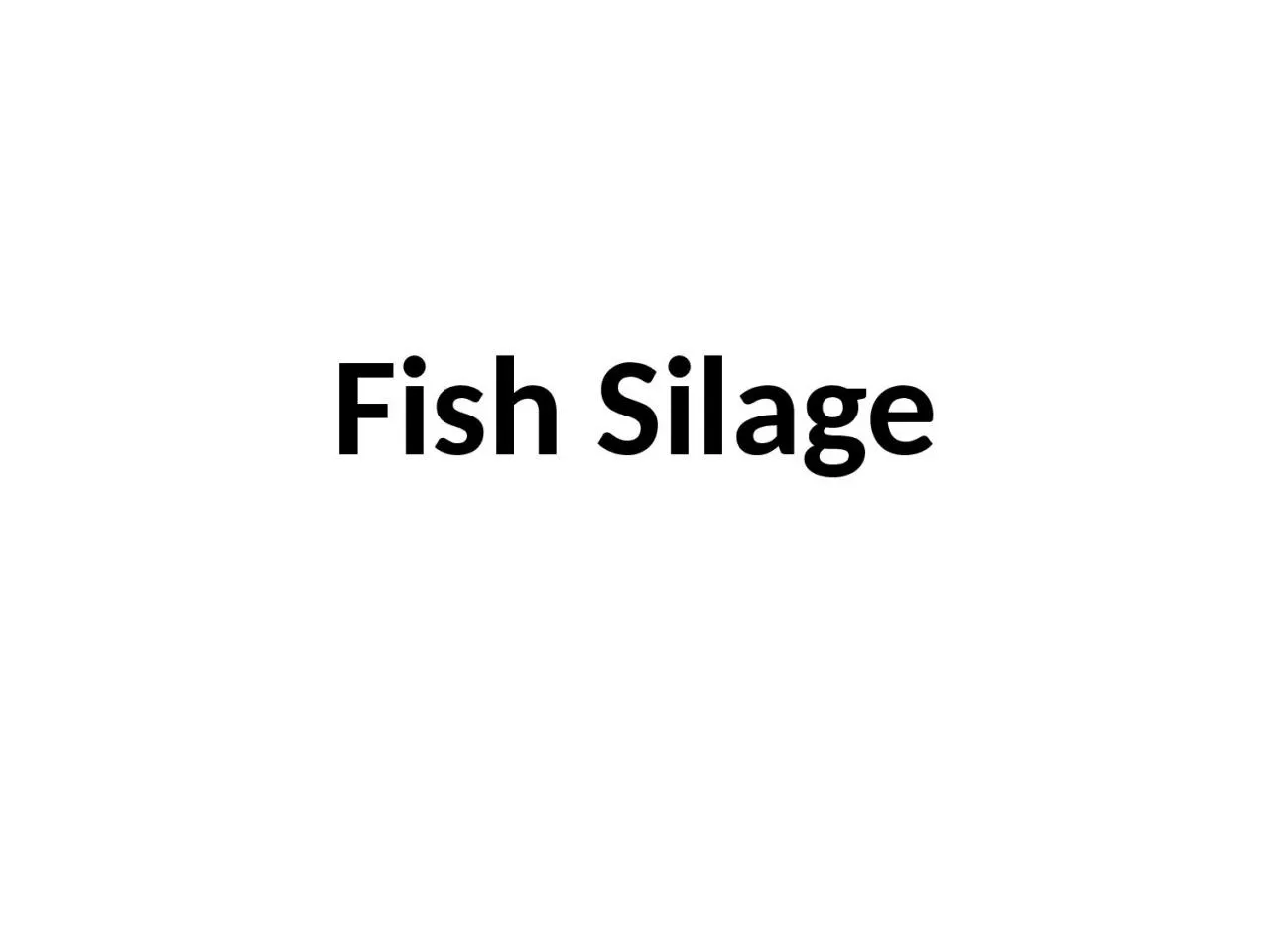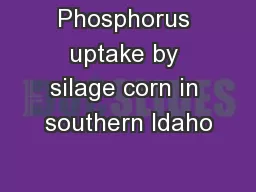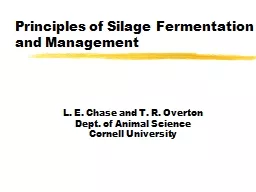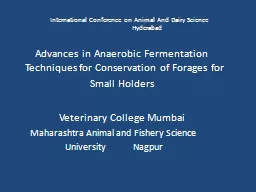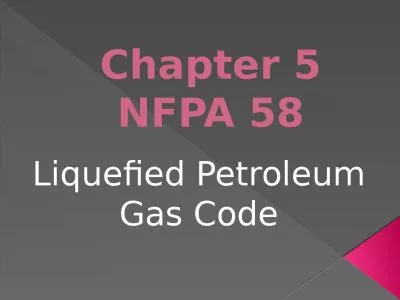PPT-Fish Silage Fish silage – liquefied fish protein – crude
Author : skylar | Published Date : 2024-01-03
hydrolyzate Preservation of surplus fish and offal use in animal feeding alternative to fish meal Started in 1930s Denmark started commercial production in1948
Presentation Embed Code
Download Presentation
Download Presentation The PPT/PDF document "Fish Silage Fish silage – liquefied fi..." is the property of its rightful owner. Permission is granted to download and print the materials on this website for personal, non-commercial use only, and to display it on your personal computer provided you do not modify the materials and that you retain all copyright notices contained in the materials. By downloading content from our website, you accept the terms of this agreement.
Fish Silage Fish silage – liquefied fish protein – crude: Transcript
Download Rules Of Document
"Fish Silage Fish silage – liquefied fish protein – crude"The content belongs to its owner. You may download and print it for personal use, without modification, and keep all copyright notices. By downloading, you agree to these terms.
Related Documents

